CNS Depressants: Types, Effects, Risks, and Treatment
GET HELP TODAY!
100% Confidentiality Guaranteed


CNS Depressants: Types, Effects, Risks, and Treatment
CNS depressants—sometimes called sedatives, tranquilizers, or sedative‑hypnotics—are medications and substances that slow brain activity, producing calming, anxiolytic, or sleep‑inducing effects. Clinically, they can be vital for treating anxiety, panic, insomnia, seizure disorders, and for procedural sedation. Outside of supervised care, however, misuse can lead to tolerance, dependence, withdrawal, and life‑threatening overdose, especially when combined with alcohol or opioids.
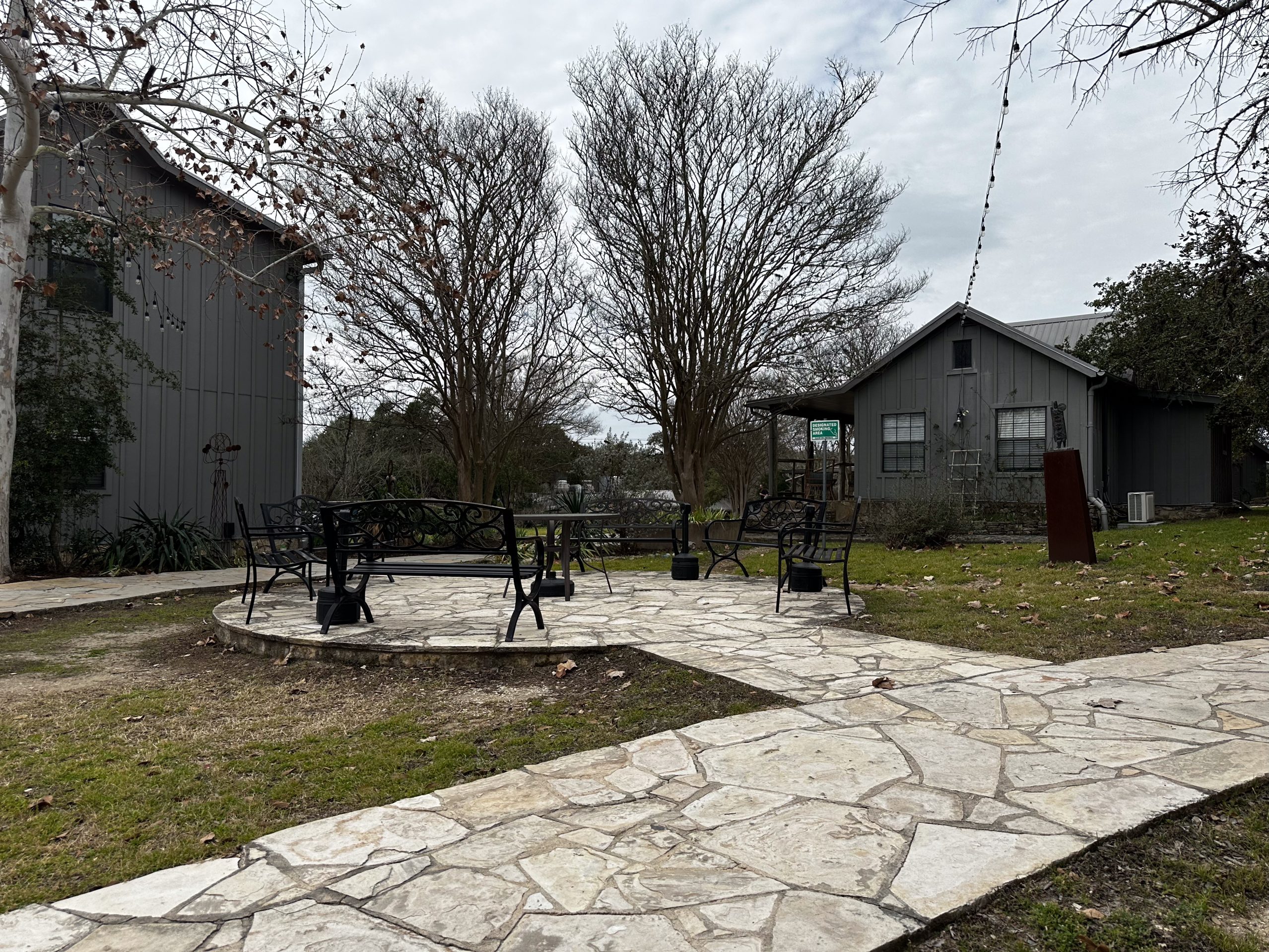

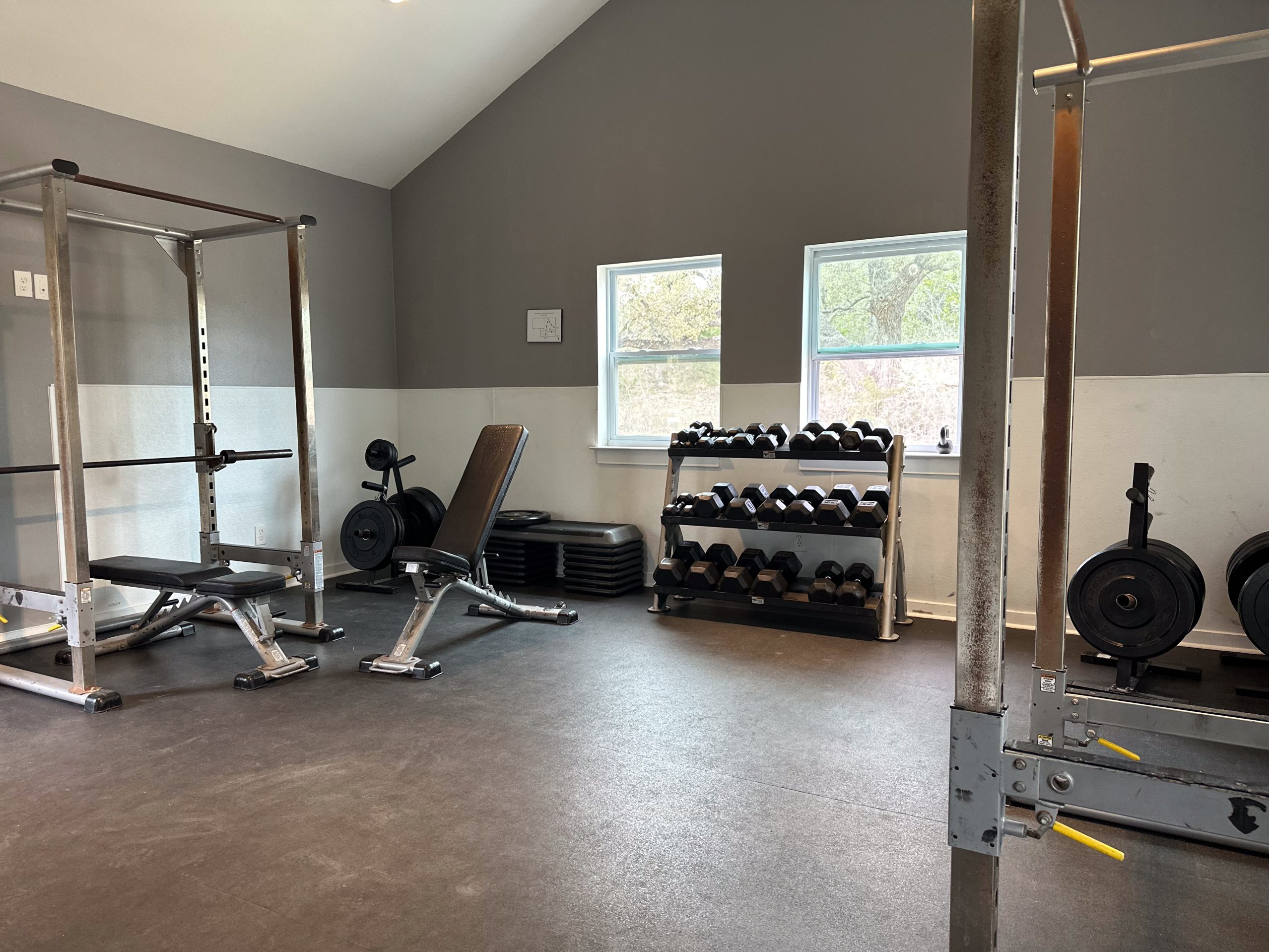

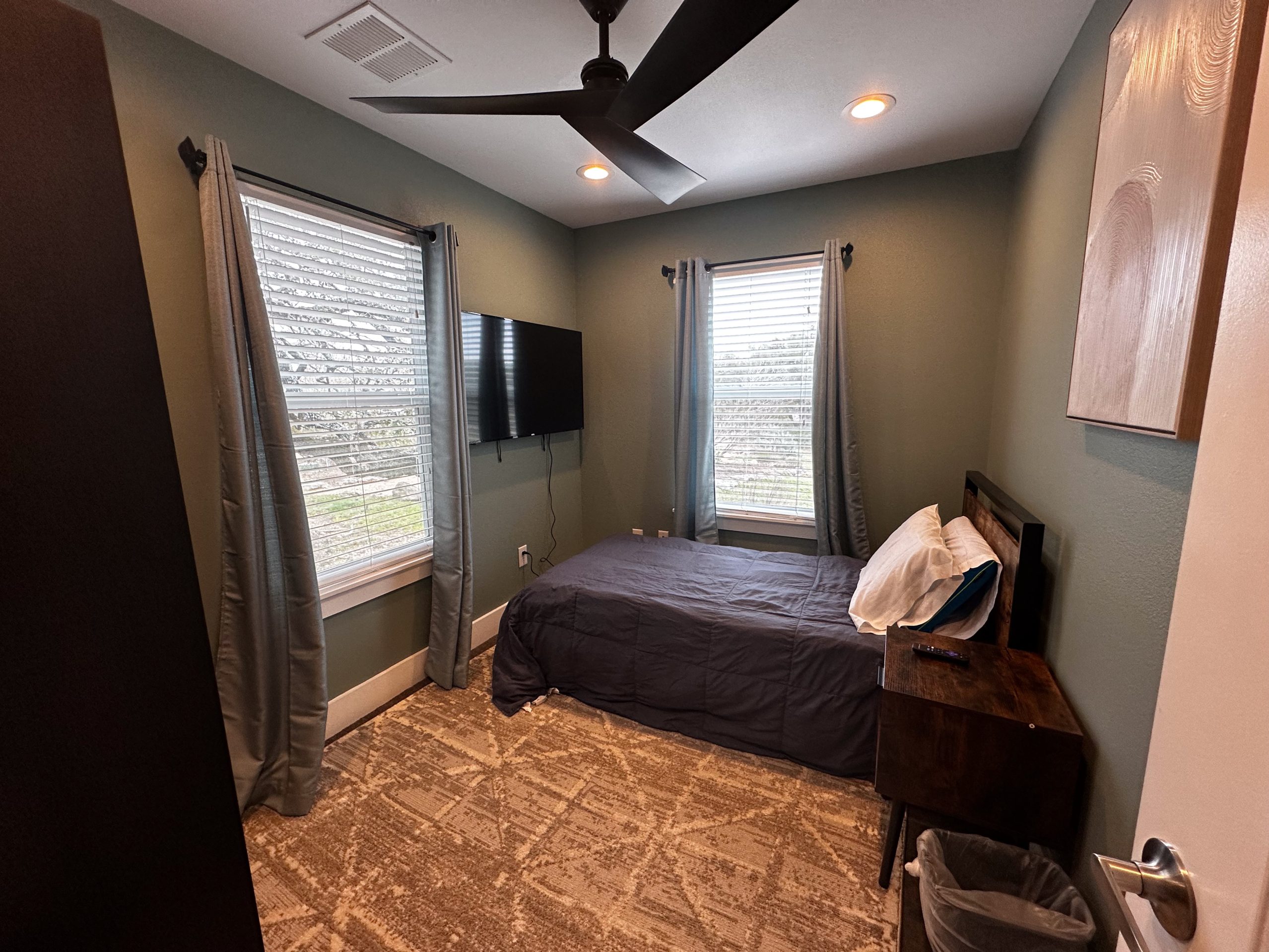

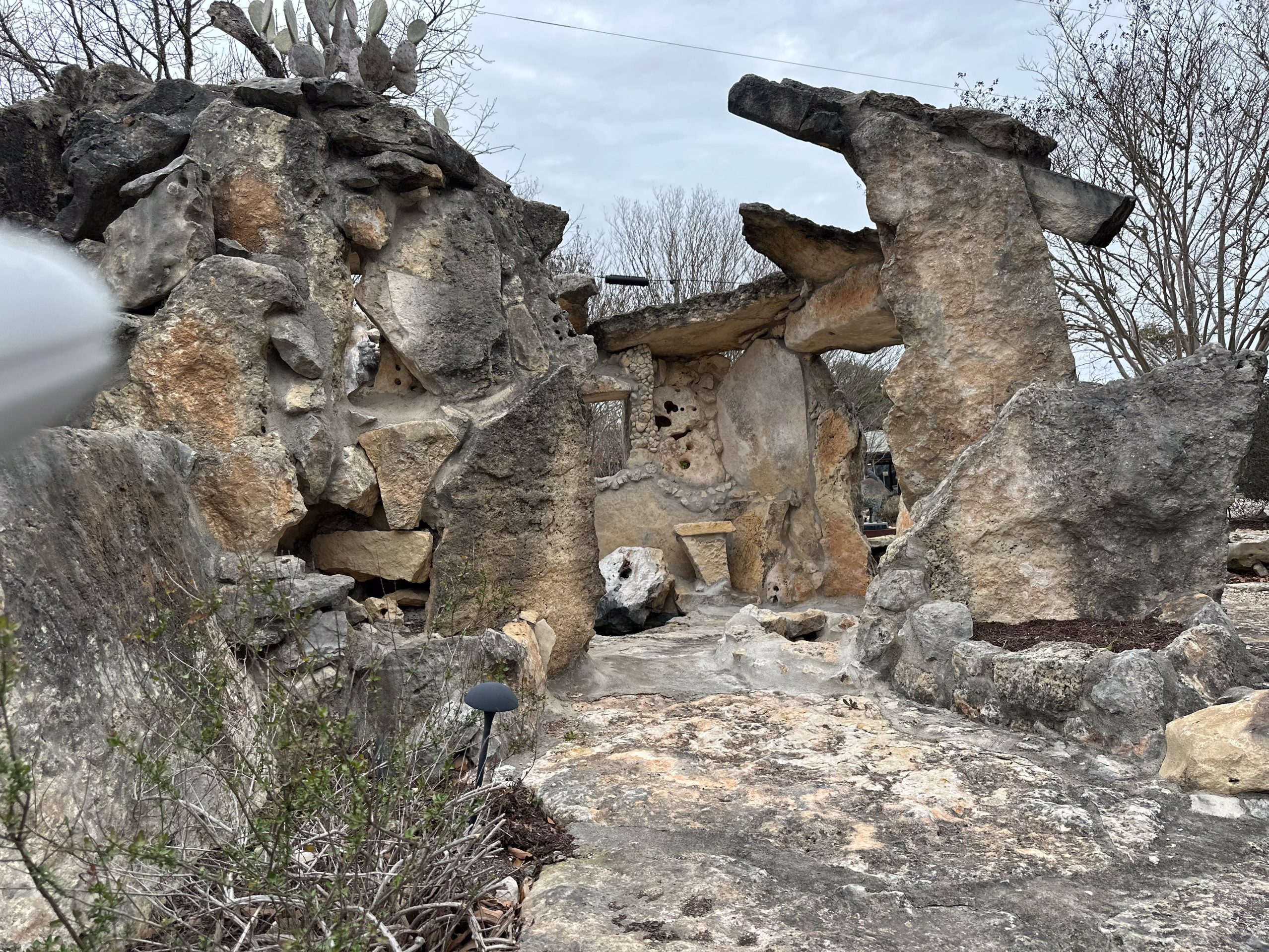

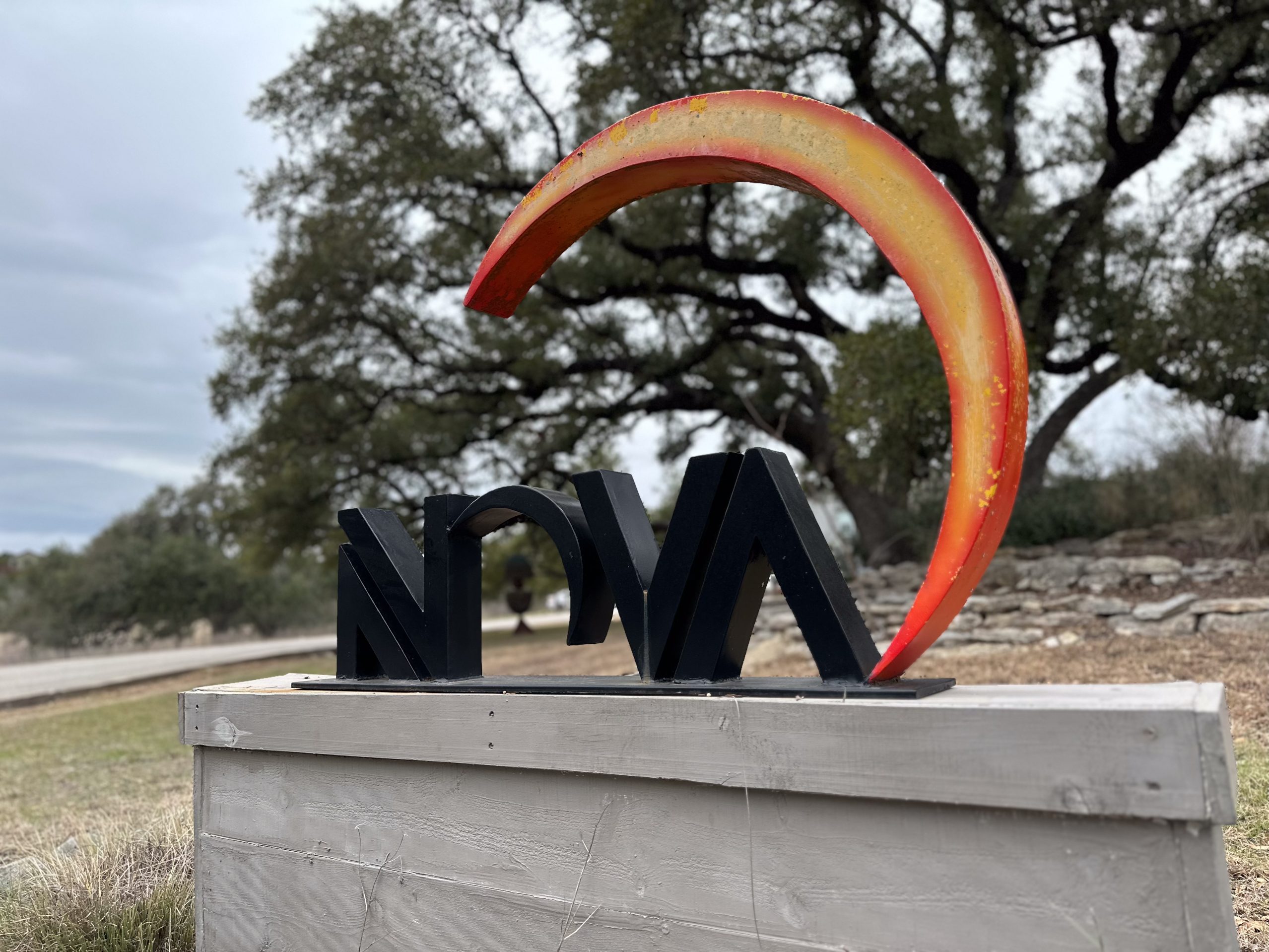

How CNS Depressants Work
Most prescription CNS depressants enhance the inhibitory neurotransmitter GABA (gamma‑aminobutyric acid) at GABA_A receptors. By increasing GABA signaling, these drugs reduce neuronal excitability, which dampens central nervous system activity and produces relaxation, reduced anxiety, drowsiness, and impaired coordination. Different classes interact with the receptor complex in different ways, but the net effect is similar: slower brain activity and sedation.
Certain depressants that are not classic GABA agonists (e.g., alcohol, which acts at multiple receptor systems, and gabapentinoids, which reduce excitatory neurotransmitter release) still depress the CNS and increase respiratory risk when combined with other depressants.
Types of CNS Depressants
Benzodiazepines (BZDs)
Common agents: alprazolam (Xanax), diazepam (Valium), lorazepam (Ativan), clonazepam, triazolam, estazolam.
Uses: anxiety, panic, insomnia (short‑term), seizures, procedural sedation.
Key points: Effective short‑term; dependence and withdrawal risks increase with longer or higher‑dose use. FDA now requires class‑wide boxed warnings highlighting risks of abuse, misuse, addiction, physical dependence, and withdrawal, and warns against mixing with opioids due to severe respiratory depression risk.
Barbiturates
Examples: phenobarbital, pentobarbital, secobarbital.
Uses: now limited due to high overdose risk; used in seizure management and anesthesia.
Key points: Narrow therapeutic index; overdose may cause profound respiratory depression and coma. Many have been replaced clinically by benzodiazepines for routine anxiety or insomnia.
Related: Detailed effects and risks of pentobarbital.
Z‑drugs (non‑benzodiazepine hypnotics)
Examples: zolpidem (Ambien), eszopiclone (Lunesta), zaleplon.
Uses: insomnia.
Key points: Bind to the benzodiazepine site on GABA_A but are structurally distinct; may have fewer next‑day effectsvs. some benzos but still carry risks of dependence, complex sleep behaviors, and additive sedation with alcohol or other depressants.
Alcohol (Ethanol)
Uses: none medically for sedation in routine care; widely used recreationally.
Key points: A CNS depressant that initially lowers inhibitions but ultimately slows reaction time, impairs judgment and coordination, and depresses breathing at high doses. Combining alcohol with benzodiazepines, barbiturates, Z‑drugs, opioids, or antihistamines significantly increases overdose risk.
Gabapentinoids
Examples: gabapentin, pregabalin.
Uses: neuropathic pain, seizures (adjunct), fibromyalgia, anxiety (off‑label).
Key points: FDA warns of serious breathing difficulties in people with respiratory risk factors, especially when combined with opioids or other CNS depressants (older adults at higher risk). Monitor carefully and avoid unsupervised combinations.
Muscle Relaxants & Other Sedatives
Examples: carisoprodol (Soma) → metabolized to meprobamate (barbiturate‑like); chloral hydrate (historic), sedating antihistamines (e.g., diphenhydramine, doxylamine).
Key points: Additive sedation and respiratory depression when combined with other depressants; often implicated in poly‑drug overdoses. Use with caution and medical guidance. (See FDA/CDC combination warnings.)
GHB
Clonidine
Note on classification: You will see conflicting lists online about whether opioids are counted among “CNS depressants.” Pharmacologically, opioids depress the CNS and respiration and are often grouped with depressants for safety messaging, even though they are not GABAergic sedatives. Clinically, the most critical point is interaction risk: opioids + benzos or other depressants markedly raise overdose risk, which is why both classes now carry boxed warningswhen used together.
Short‑Term Effects vs. Long‑Term Risks
Short‑term effects can include drowsiness, relaxation, slowed reflexes, impaired coordination, slurred speech, confusion, and lowered blood pressure. Driving ability and reaction time worsen. Memory gaps (“blackouts”) can occur with higher doses or when combined with alcohol.
Long‑term risks vary by drug and dose but may include tolerance (needing more for the same effect), dependence, mood changes (including depression), sleep and breathing problems, and sexual dysfunction. People who escalate doses or mix depressants face heightened risks of respiratory depression, coma, and death.
Mixing Risks: Alcohol, Opioids, and Other Depressants
The most dangerous scenarios involve stacking depressants, for example:
Benzodiazepine + Opioid
The FDA and CDC explicitly warn that this combo can cause extreme sedation, slowed or stopped breathing, coma, and death. Many labels include boxed warnings; clinicians are advised to avoid co‑prescribing when possible, start at lower doses if unavoidable, and monitor closely.Alcohol + Sedatives (e.g., benzos, barbiturates, Z‑drugs)
Alcohol potentiates sedation and impairs breathing, dramatically increasing overdose risk. Avoid mixing entirely. (see detailed risks of alcohol + lorazepam (Ativan))Gabapentinoids + Opioids/Other Depressants
FDA warns of serious, sometimes fatal breathing problems with these combinations, especially in older adults or those with lung disease.
Bottom line: Never combine CNS depressants or mix them with alcohol unless a clinician explicitly directs and monitors you.
Tolerance, Dependence & Withdrawal
With repeated exposure, the brain adapts. Tolerance can develop (needing higher doses to get the original effect). Dependence means stopping suddenly may cause withdrawal—which can range from rebound anxiety and insomniato seizures (particularly with barbiturates and high‑dose or long‑term benzodiazepines). Do not stop abruptly; seek medical guidance for a supervised taper.
Benzodiazepine withdrawal can include insomnia, restlessness, anxiety, tremors, perceptual changes, and rarely seizures—especially after long‑term/high‑dose use or abrupt cessation. Controlled tapering is standard of care.
Barbiturate withdrawal can be life‑threatening; medical management is essential.
Overdose: Signs & What To Do
Warning signs of depressant overdose can include:
Severe drowsiness or unresponsiveness
Slow, shallow, or stopped breathing
Blue or gray lips/nails (cyanosis)
Slow heartbeat, weak pulse
Cold/clammy skin, confusion, slurred speech
What to do immediately
Call emergency services (911) and stay with the person.
If you suspect opioids are involved, administer naloxone if available, and repeat per instructions (naloxone reverses opioid effects, not benzos/barbiturates/alcohol).
Place the person in the recovery position if breathing but not fully awake.
Do not give food/drink or try to induce vomiting.
Provide responders with all substances taken, timing, and doses if known.
About flumazenil (benzodiazepine antidote): In community or mixed‑overdose settings, flumazenil is generally not used due to risk of seizures and precipitated withdrawal in dependent patients; it may be considered in select BZD‑naïve, iatrogenic cases under expert care. Supportive management and airway/breathing support remain the mainstays.
More Time. More Joy. More You. Start Now.
WE ACCEPT MOST INSURANCES







Treatment Options: Safer Paths Forward
Assessment & plan: A clinician will review all medications/substances, health history, and goals. For many, the safest course is a gradual taper; for others, medical detox with monitoring is appropriate, especially when multiple depressants or opioids are involved.
Common elements of care
Medically supervised tapering (especially for benzodiazepines; avoid abrupt stops).
Monitoring for sleep, mood, seizures, and vital signs during dose changes.
Psychotherapies: CBT, insomnia interventions (CBT‑I), anxiety management, relapse prevention—these improve long‑term outcomes alongside tapering.
Substance‑use care when misuse or co‑use is present: levels of care from detox to inpatient to intensive outpatient; peer support; medication‑assisted treatments where appropriate (e.g., for opioid use disorder).
Safety education: never mix with alcohol or other sedatives; secure storage; overdose recognition; naloxone access if opioids are on board.
Frequently Asked Questions About CNS Depressants
What are CNS depressants?
Medications and substances that slow central nervous system activity, producing calming or sleep‑inducing effects; key groups include benzodiazepines, barbiturates, and Z‑drugs, and alcohol is also a CNS depressant.
How do CNS depressants work?
Most prescription sedatives enhance GABA signaling at GABA_A receptors, reducing neuronal excitability and causing sedation and anxiolysis.
What are examples of CNS depressants?
Benzodiazepines (e.g., alprazolam, diazepam), barbiturates (phenobarbital), Z‑drugs (zolpidem), alcohol, certain muscle relaxants, gabapentinoids (gabapentin/pregabalin; caution with combinations).
Is alcohol a CNS depressant?
Yes. Alcohol depresses brain activity and potentiates sedatives, increasing overdose risk when mixed.
Are opioids CNS depressants?
Opioids depress respiration and CNS activity and are often discussed with depressants for safety—especially because opioids + benzos is a high‑risk combination subject to boxed warnings.
What happens if you mix CNS depressants?
Effects magnify: extreme sedation, impaired breathing, coma, and death. Avoid combining with alcohol or opioidsunless a clinician specifically directs and monitors.
Can CNS depressants cause addiction?
Yes. Benzodiazepines and other sedatives can lead to tolerance, dependence, and addiction, particularly with prolonged or high‑dose use. FDA updated class warnings in 2020.
What are the withdrawal symptoms of CNS depressants?
Insomnia, anxiety, irritability, tremors, perceptual changes, and in severe or specific cases (e.g., barbiturates), seizures. Medical tapering is recommended; avoid abrupt stops.
How is a CNS depressant overdose treated?
Supportive care and airway management are primary. Naloxone treats opioid involvement. Flumazenil for benzodiazepines is not routinely recommended outside select cases due to seizure/withdrawal risk.
Are gabapentin and pregabalin depressants—and are they safe to combine?
They depress CNS activity and increase breathing risks when combined with opioids or other depressants; FDA warns of serious, sometimes fatal respiratory depression in at‑risk patients.
Freedom Starts Here. Take Back Your Life Today.
Same-Day Admissions in Austin Available.
Treatment Options for Recovery
Nova Recovery Center provides comprehensive care for individuals struggling with CNS depressant addiction and abuse by addressing both the physical dependence and the psychological aspects of recovery. Our team understands that misuse of medications such as benzodiazepines, barbiturates, Z-drugs, and other sedatives can quickly lead to tolerance, withdrawal, and potentially life-threatening complications if not managed properly. We begin with a safe, medically supervised detox to help clients stabilize while minimizing withdrawal risks through structured tapering and 24-hour support. Once detox is complete, clients transition into our evidence-based rehab programs that combine behavioral therapies, relapse prevention education, and holistic care designed to heal the mind, body, and spirit. At Nova Recovery Center, we emphasize long-term recovery, helping clients develop healthier coping mechanisms to manage anxiety, insomnia, and other conditions often tied to depressant misuse. Our continuum of care includes inpatient treatment, intensive outpatient programs, and sober living options to ensure support at every stage of recovery. Family education and involvement are also prioritized, giving loved ones the tools they need to encourage healing and growth at home. We focus on relapse prevention strategies, including addressing triggers such as stress, co-occurring disorders, and environmental pressures that may lead to misuse. Clients benefit from individualized treatment plans tailored to their personal history and goals, ensuring care is as effective as it is compassionate. With a strong community of support and an experienced clinical team, Nova Recovery Center empowers individuals to overcome CNS depressant addiction, rebuild their lives, and maintain lasting sobriety.

